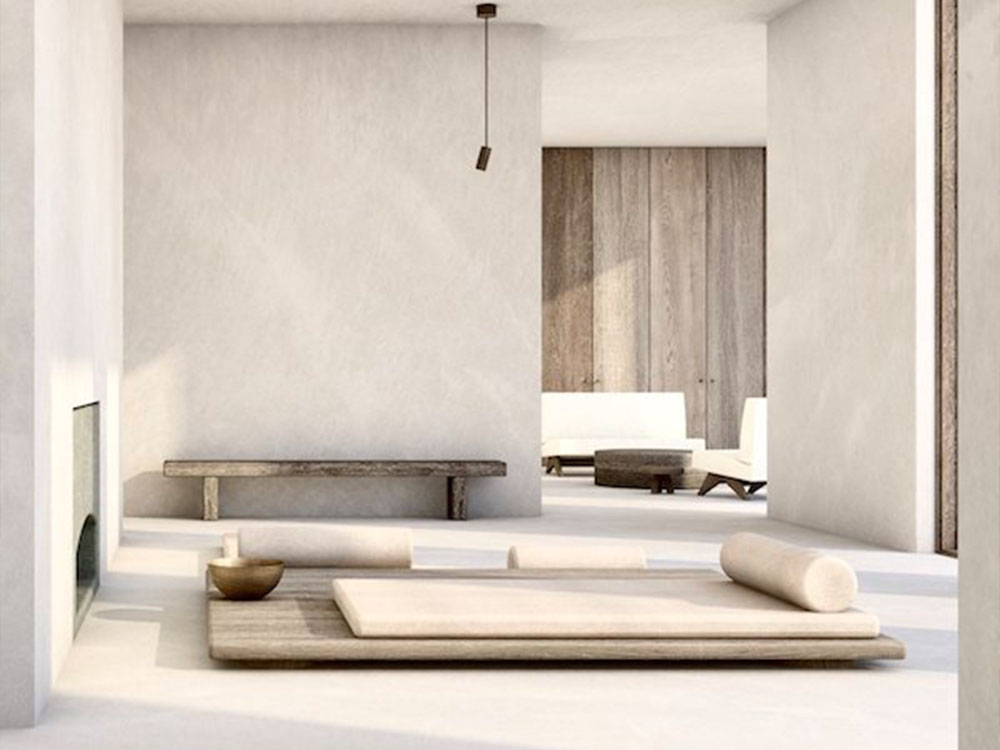What is "wabi-sabi" aesthetics? Taoism originated in the Song Dynasty of China (960-1279) and was later introduced into Zen Buddhism, with the tenets of "harmony, respect, purity, and tranquility". The words "wabi" and "wabi" mean the beauty of simple tranquility, while "sabi" and "sabi" allude to the passage of time and the impermanence of all things. Wabi-sabi aesthetics appreciates the essence of simplicity and can create an atmosphere of comfort, peace of mind and calm through interior design, furniture, material transformation and techniques.
The beauty of wabi-sabi returns to the basics. The simple and casual layout presents asymmetrical but inclusive beauty. The combination of curvature brings the softness and elegance of the space. The simplified colors make the design elements harmonious and smooth, maintaining a "minimum" style.
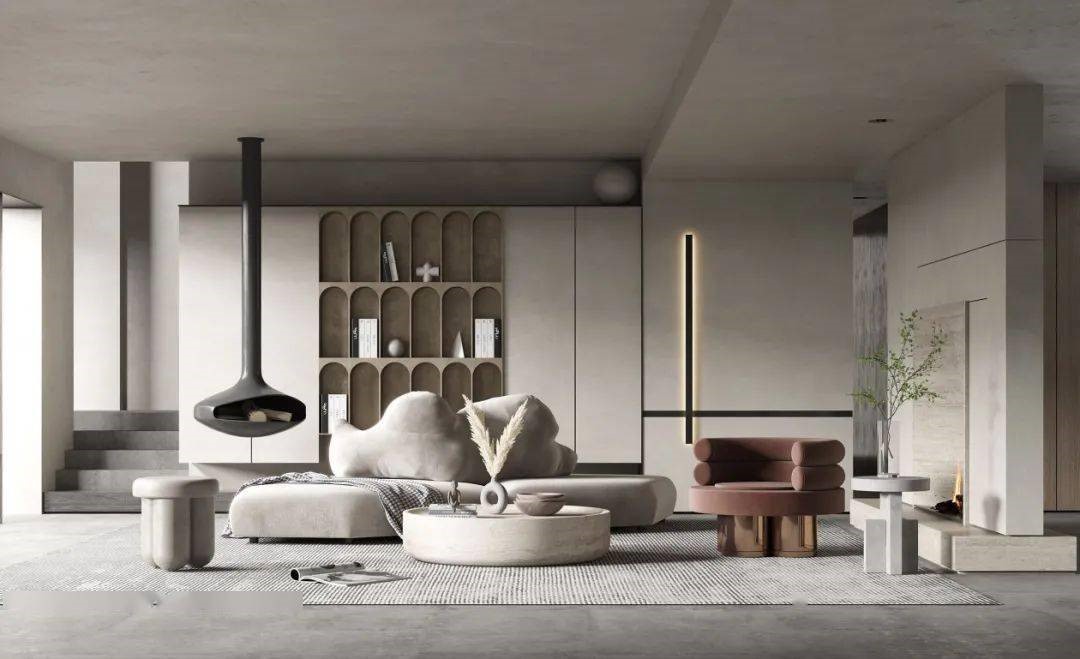
▲ Photo: sohu.com
Use beige, high-end gray, dull, plain earth tones with native textures or textures, and decorate with stone, bamboo, rattan and other wood textures to bring nature indoors, add a sense of freshness to the space, and create calmness and peaceful atmosphere.
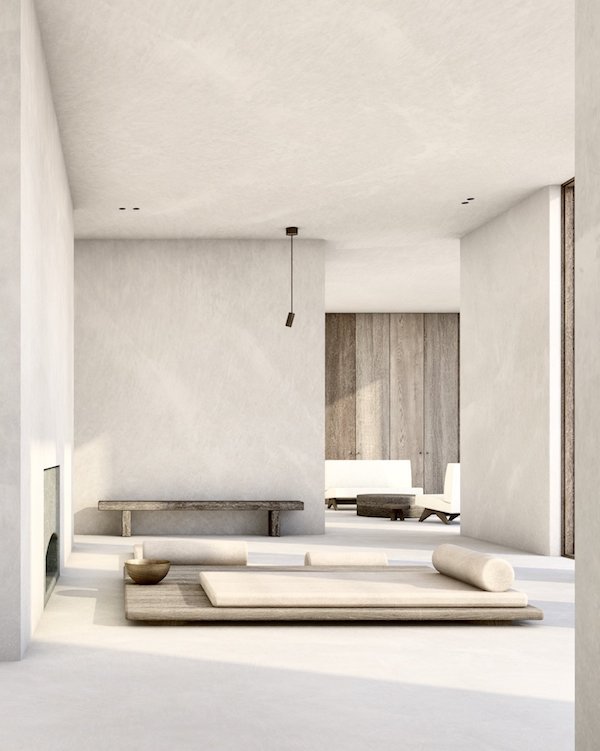
▲ Design: Studio Brent Lee Photo:vosgesparis.com
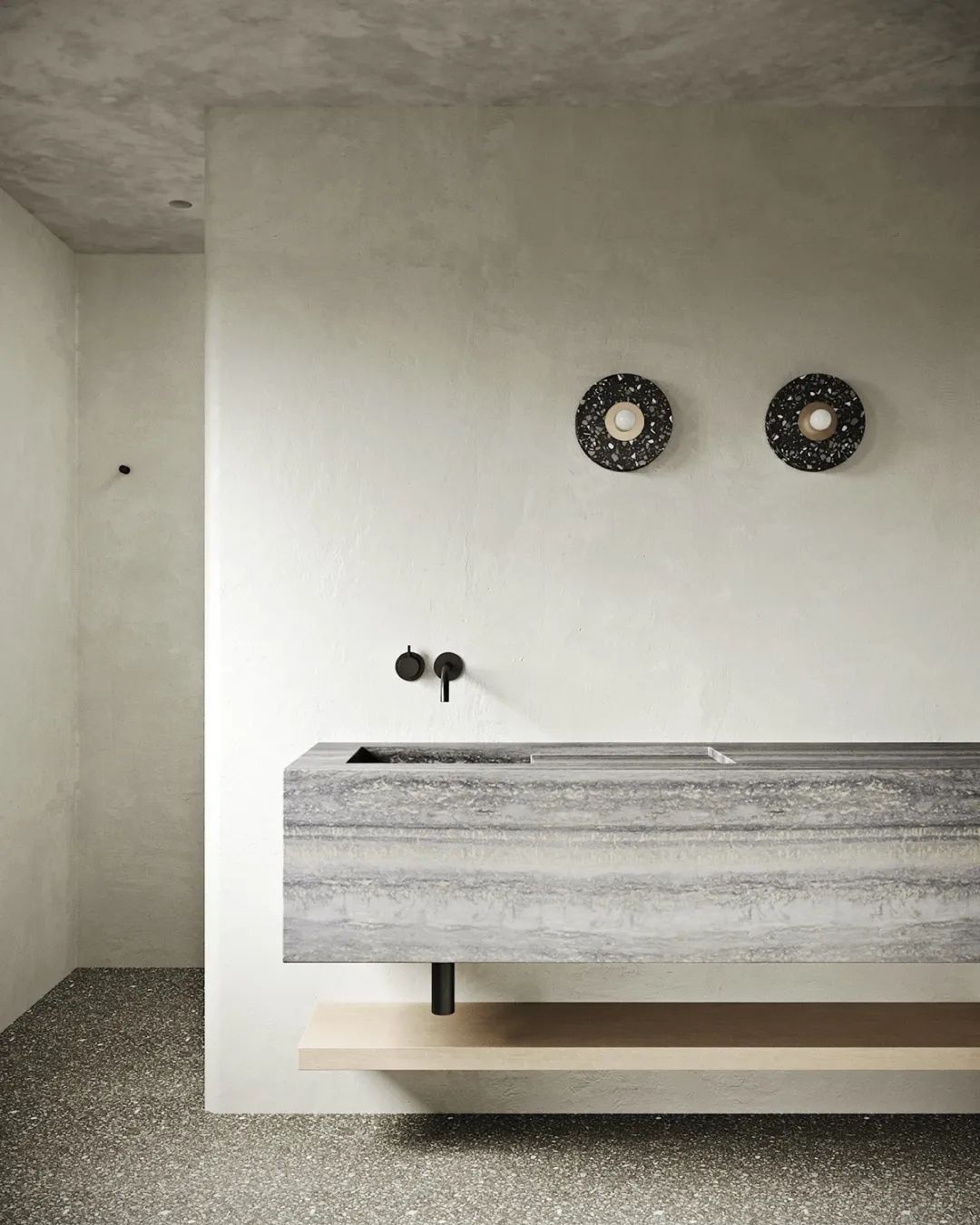
▲ Photo: architecture/slsj/jiaju
The indoor atmosphere is rendered with soft and warm lighting, creating a warm and comfortable atmosphere. As with the rest of the interior, you can choose lamps made of glazed earthenware with rattan, linen or natural silk tones or matte natural materials such as concrete and wood, or magnetic track lights with simple tones , meets various lighting needs, and perfectly matches the warm earth tones of Wabi Sabi aesthetics.
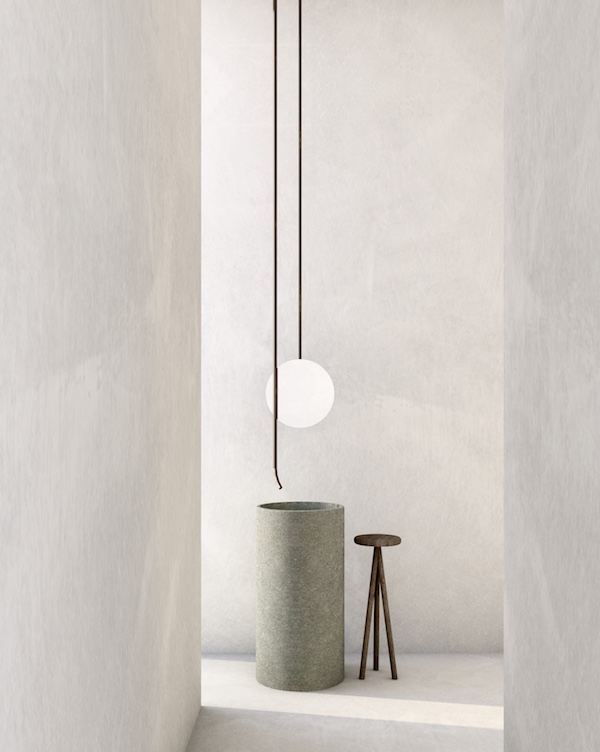
▲ Design: Studio Brent Lee photo:vosgesparis.com
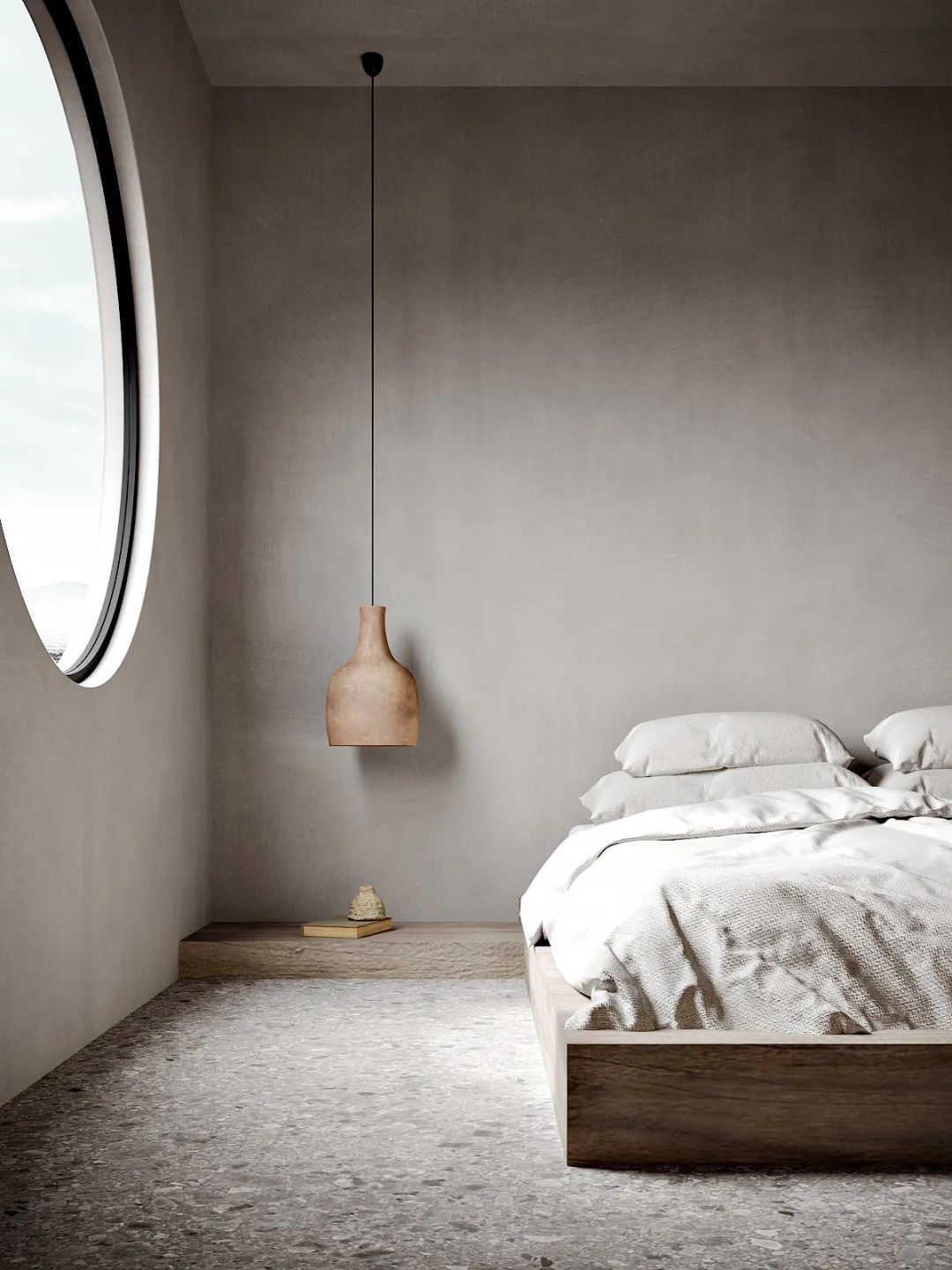
▲ Photo: architecture/slsj/jiaju
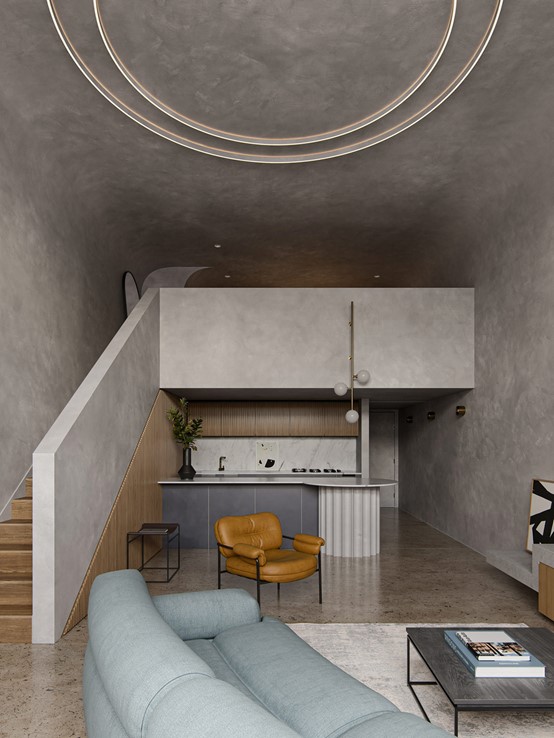
▲ Photo: home-designing.com
Textured paint walls, concrete floors, art paints, diatom mud, etc. are natural and rustic materials. These materials have a certain texture without modification. The original texture will become cracked and delicate over time. The ground depicts the passage of time.
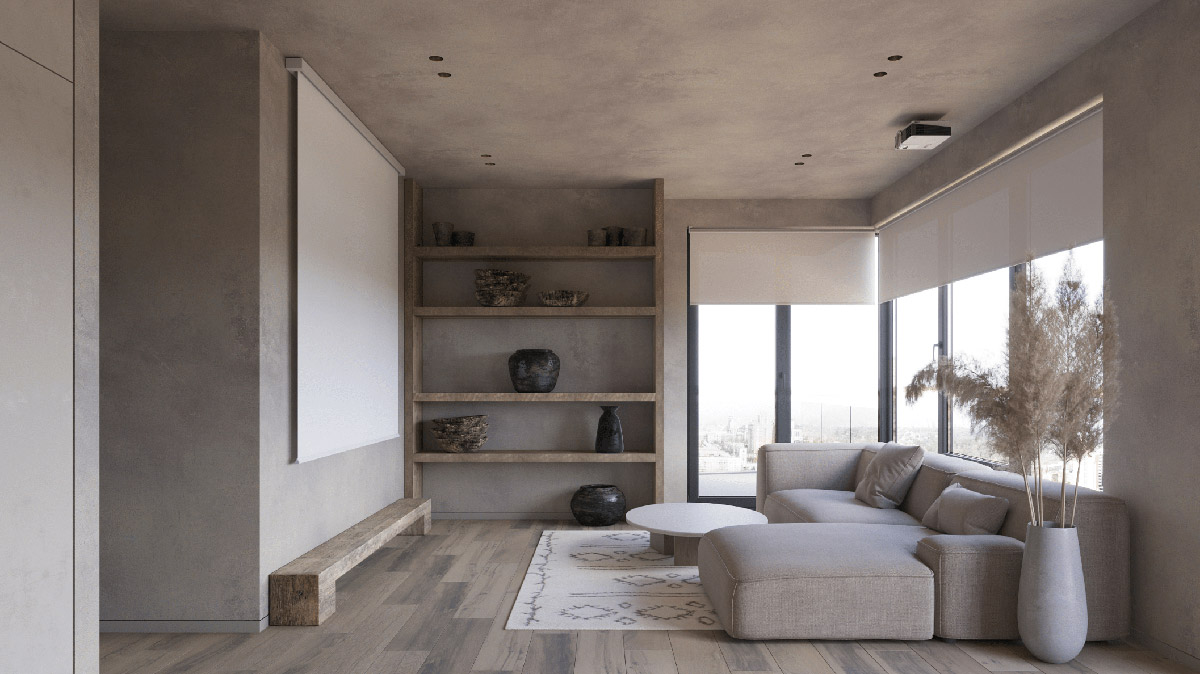
▲ Photo: castrolighting.com
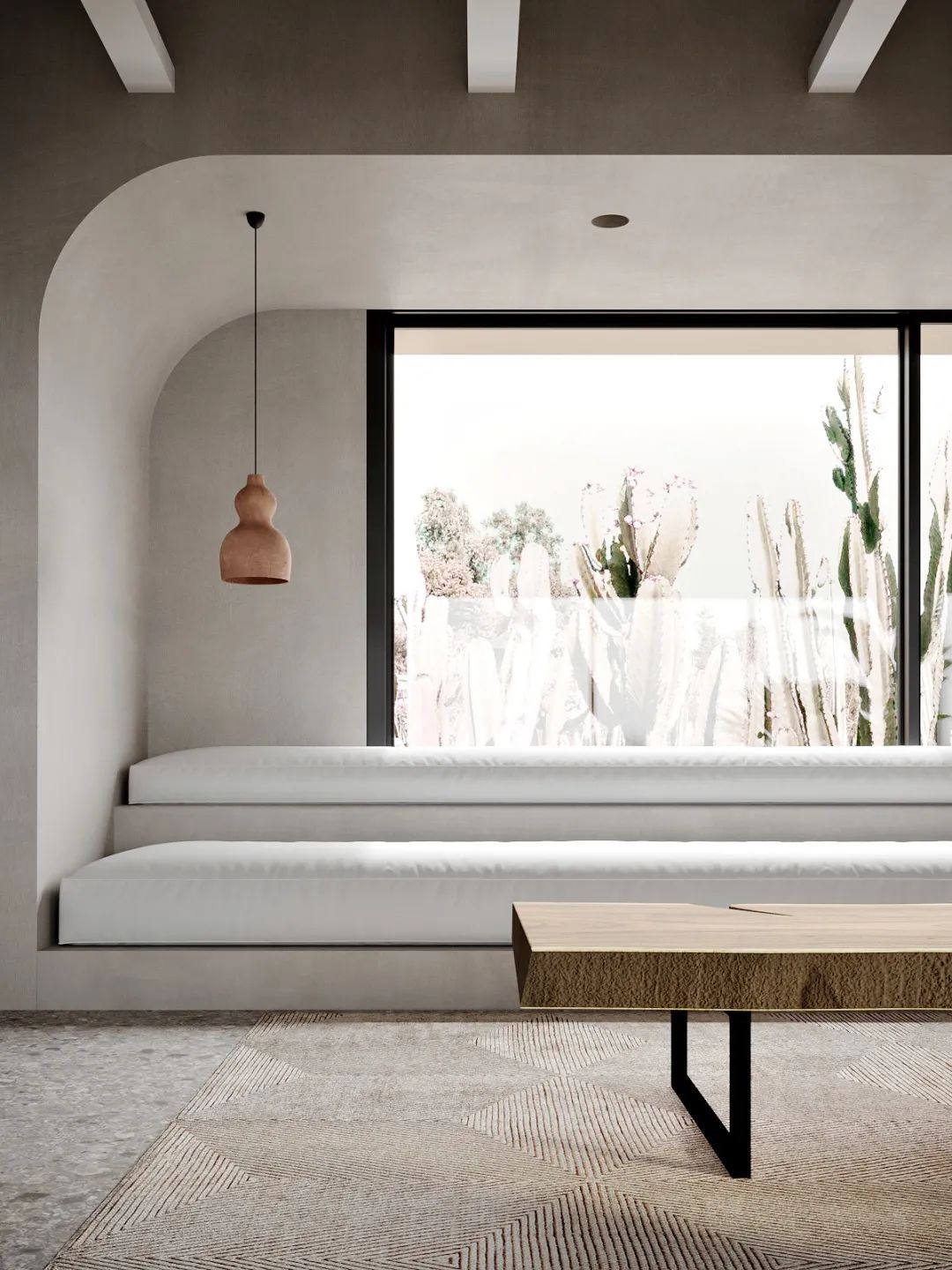
▲Photo: architecture/slsj/jiaju
Antique furniture with time deposits has its own unique characteristics, which can be used as an embellishment in the wabi-sabi style. Personalized leather seats, laminates, and antique mirrors can add warmth and personality to a simple space.
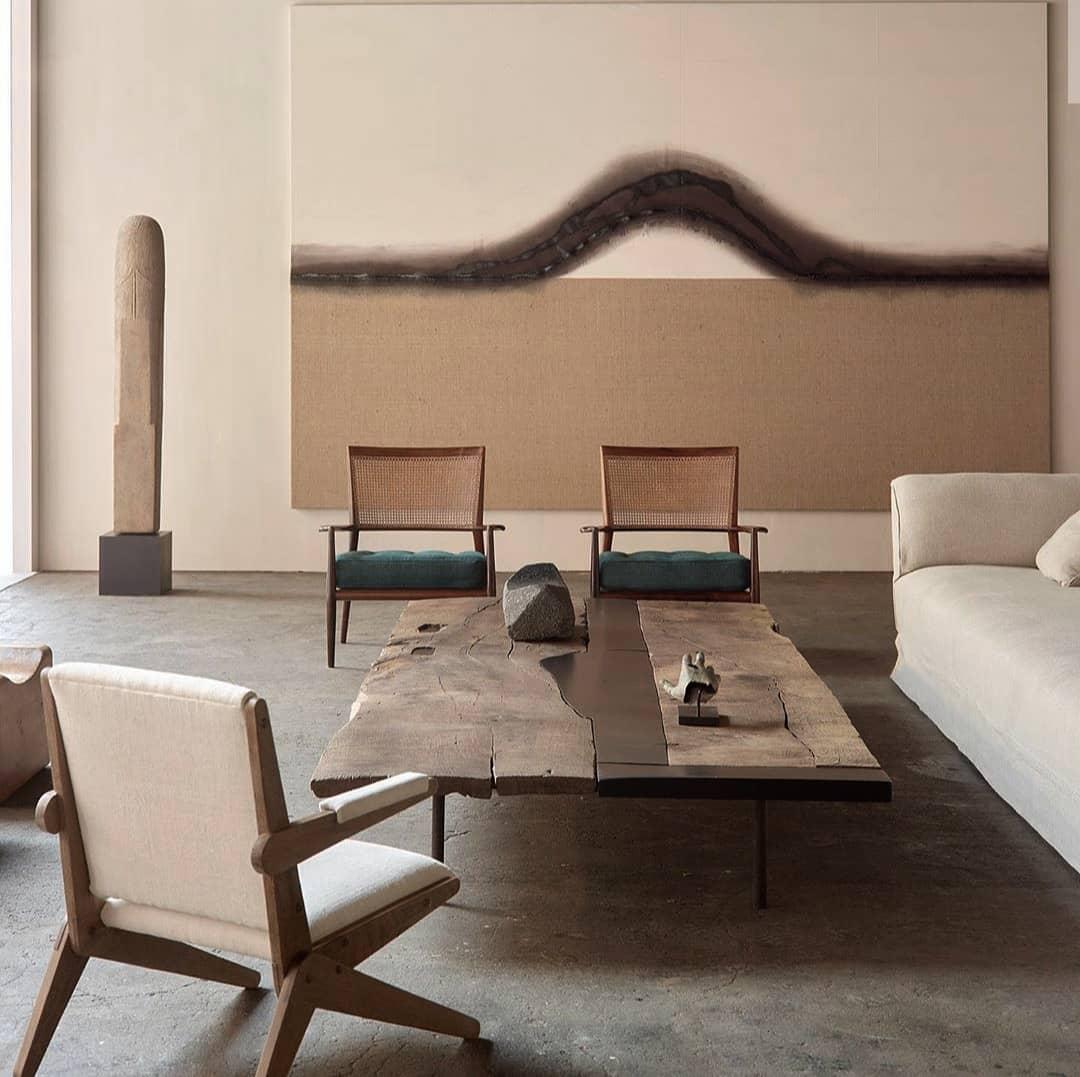
▲ Photo: homejournal.com
Handmade pottery art or ceramics from the local market are homespun elements, or even more so, homemade tableware, which adds some warmth and authenticity to the home decor.
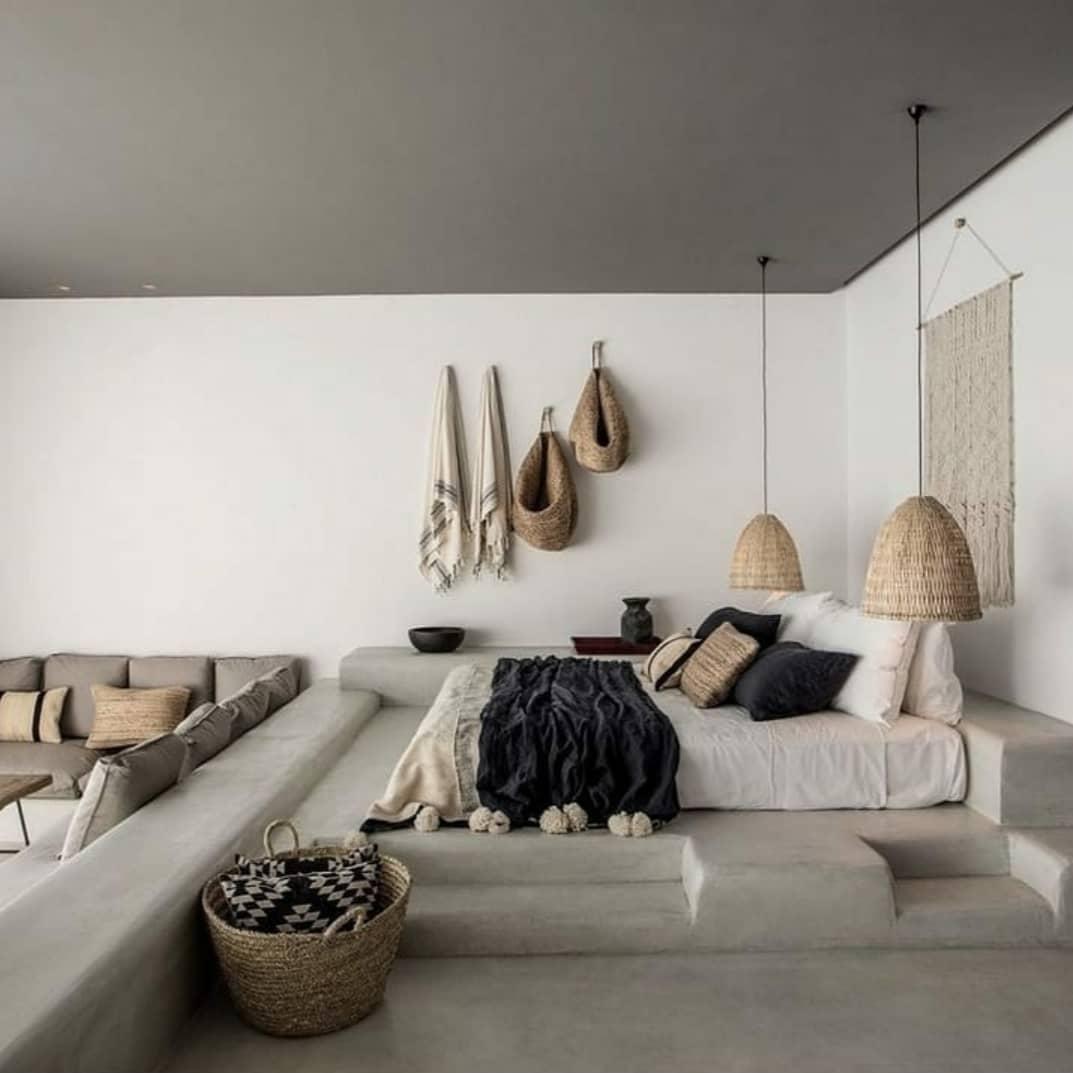
▲ Photo: homejournal.com
The Japanese art of Kintsugi embraces the element of impermanence by fixing broken pottery with gold, silver or platinum. Artistic sketches serve as unfinished creations, exploring ideas with an inspiring energy and openness.

▲ Design: Richard Stark Photo: castrolighting.com/

▲ Photo: castrolighting.com
The blank aesthetics of wabi-sabi proposes another level of thinking, allowing the space to breathe naturally, advocating a free and original spiritual experience, allowing us to feel the purity and calmness of life, and conveying the spiritual beauty of a more settled lifestyle. Relax and bring you back to the simplicity of simple life with its calming warmth.
Wabi Sabi is a classic architectural form that has attracted the attention and challenge of many architects who love Japanese simplicity.For any architectural or interior design needs, please feel free to contact us:B-Studio online consultation
interior space-Avenue of Stars➦
construction space-Taichung Fu's House➦
Wabi-sabi aesthetics has re-entered the public eye in recent years. It is regarded as a simple and restrained way of appreciation, challenging people's standard concept of beauty. The "simplicity" in the form of expression lies in the "minus" in decoration and transformation, which is rough and plain. Beneath the surface, there is a calm and distinctive personality, which is true from architecture to pottery to flower arrangement. And when wabi-sabi aesthetics occurs in architectural space, what will it look like to bring the "Zen" spirit into life?
Located between the beaches and mountains of Mexico, Casa Wabi is based on the concept of 'Wabi-Sabi'. It uses the contemporary essence of geometric concrete walls and a traditional paddle roof with tropical style to show the coexistence of tradition and contemporary spirit. A 312-meter-long concrete wall outside the building highlights the original beauty. Facing the South Pacific and the setting sun, the orange-red light reflects through the projection to show the natural color and texture of the concrete, perfectly integrating Japanese aesthetics and tropical style. As one body.
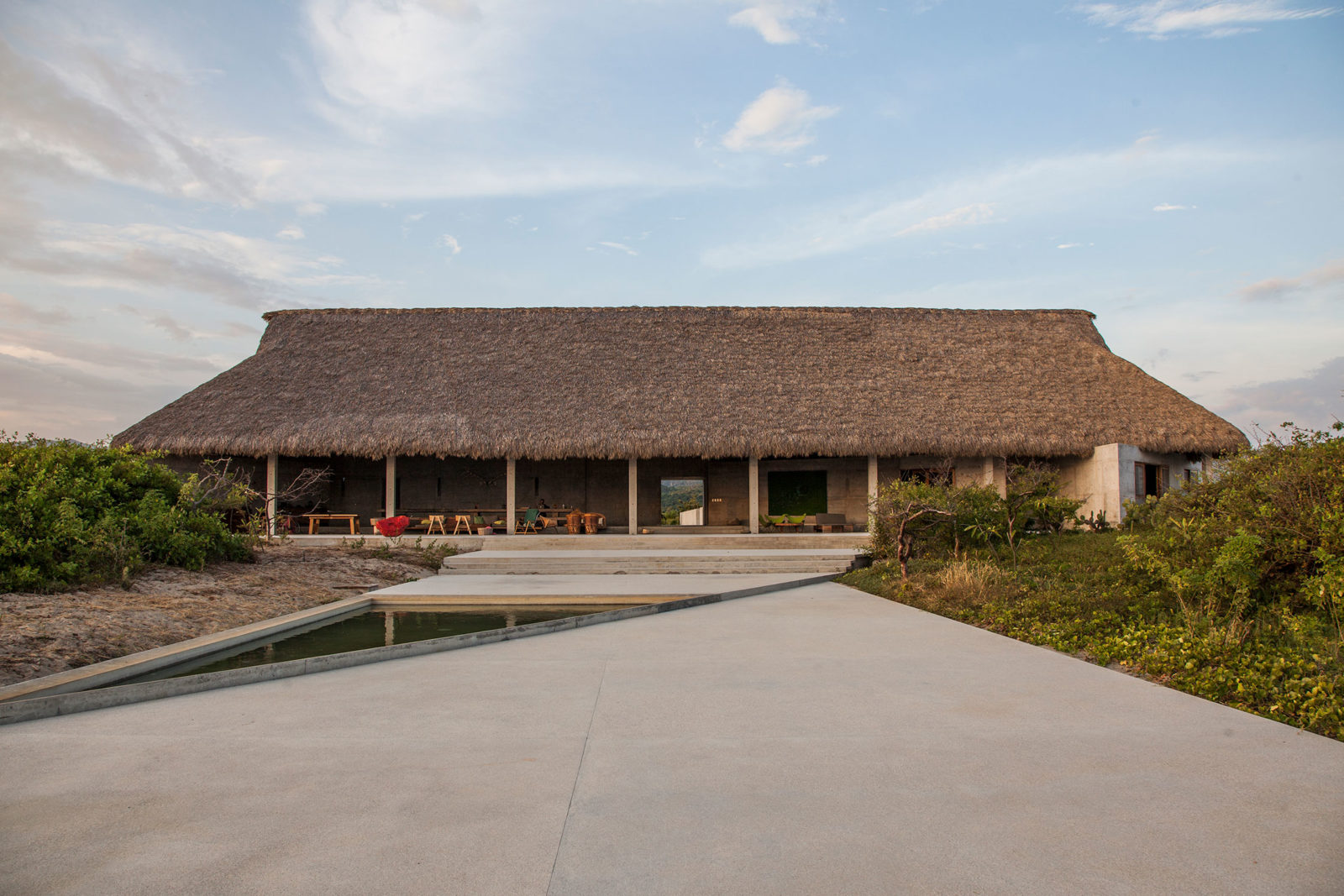
▲ CasaWabi Photo: freundevonfreunden.com
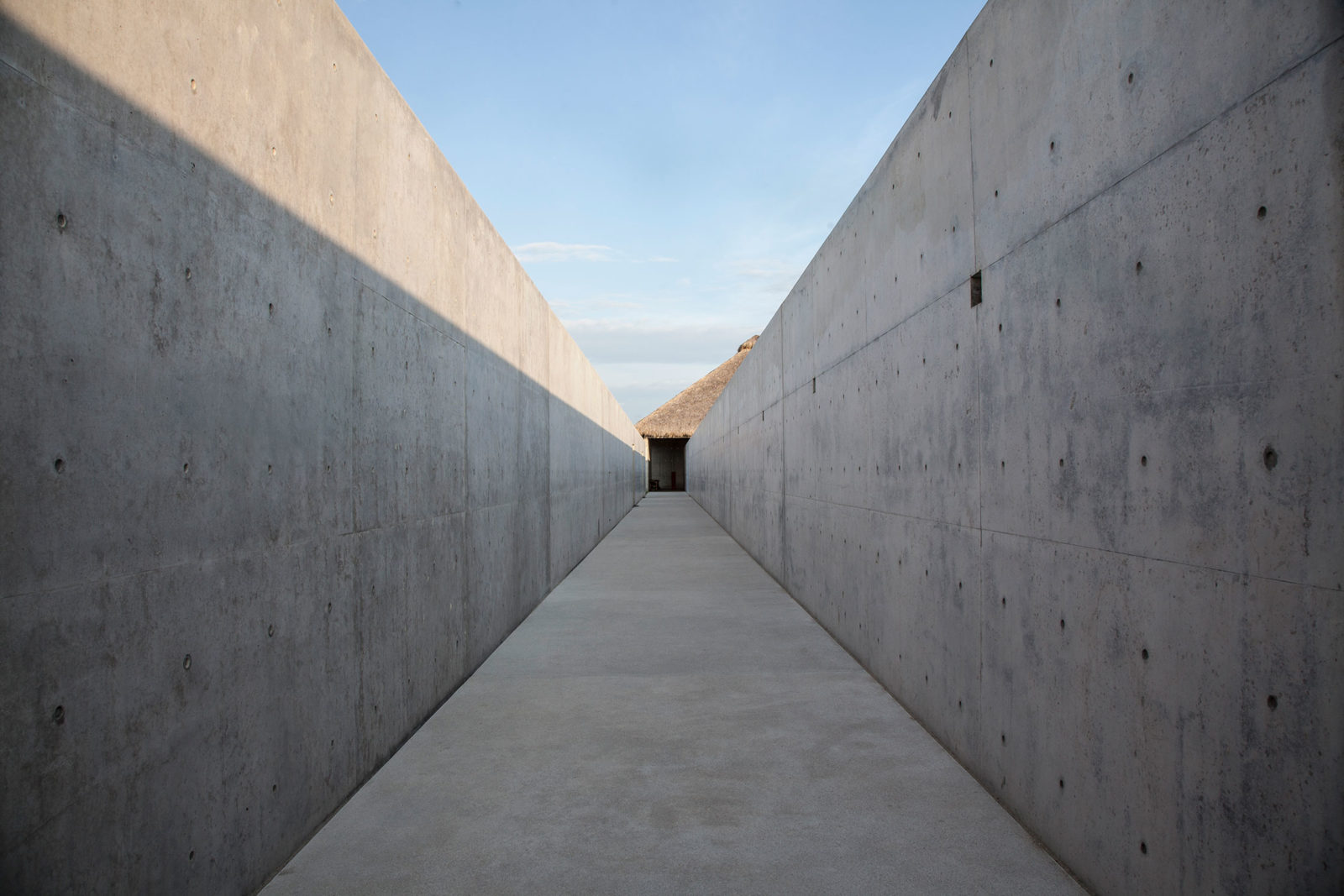
▲ CasaWabi Photo: freundevonfreunden.com
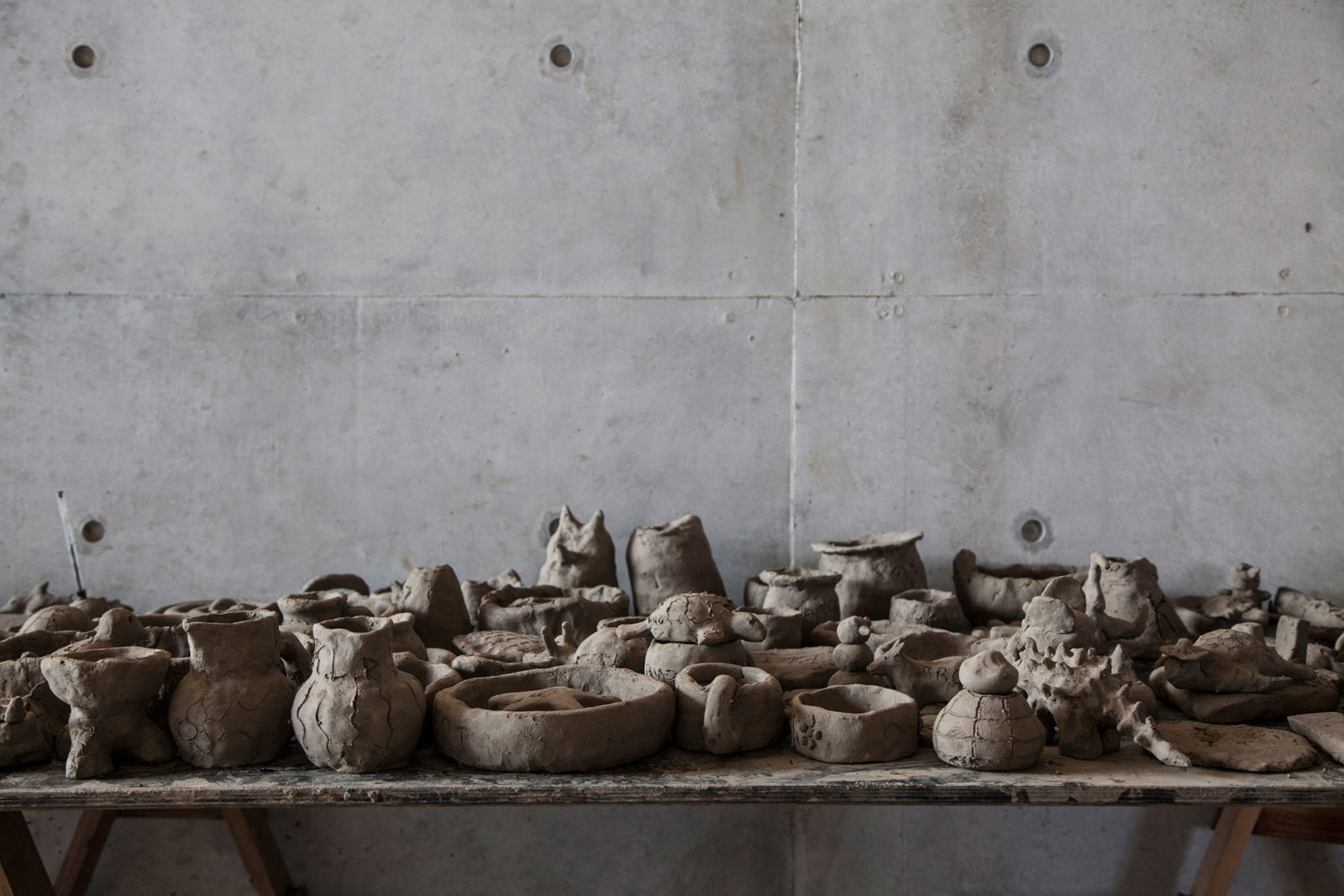
▲ CasaWabi Photo: freundevonfreunden.com
The Tokyo temple "Tōruji", which is over 400 years old, was built in the Edo period. It experienced air raids during World War II and was rebuilt in 1949. After many years, it was renovated in 2016 by the well-known local Satoru Hirota Architects. The design is given a new lease of life. Different from the previous impression of temples, the building facade uses clear water molding and cedar wood to restore the temple to create another sense of solemnity. The shape retains the traditional gable and roof shapes, while also introducing garden architecture that is very important to Japanese art. The scenery is "Dry Landscape". The white river sand covering the river simulates the landscaping technique of mountains and rivers, providing a large amount of green space and green gardens, giving the space a healing effect. The temple, where tradition and modernity coexist, meets the monks' expectations for renovation.
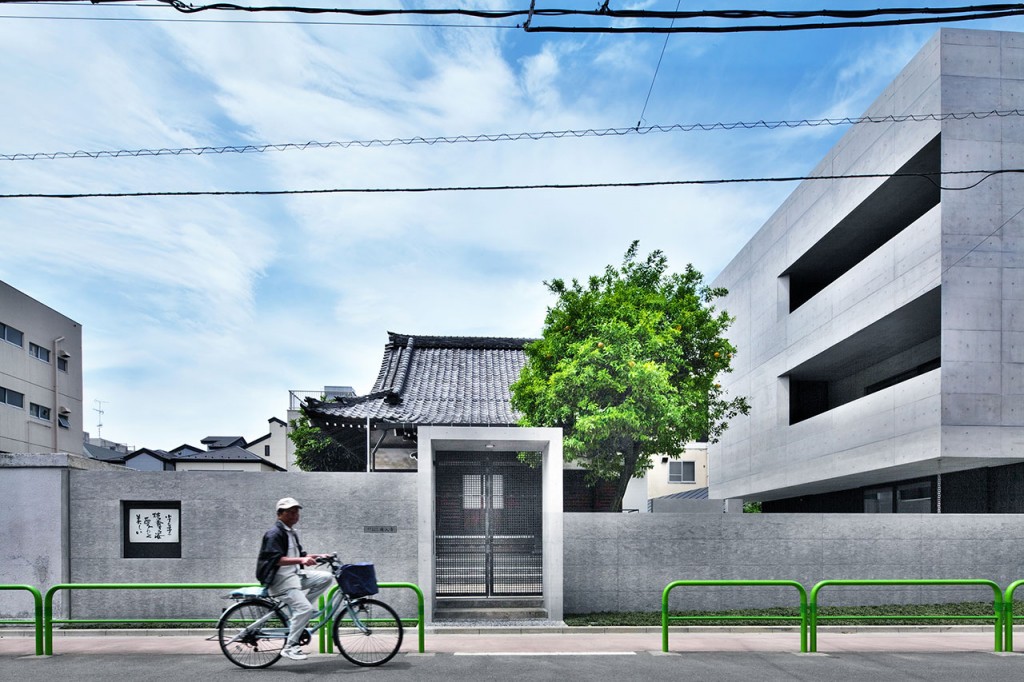
▲ Tongrui Temple Photo: thepolysh.com
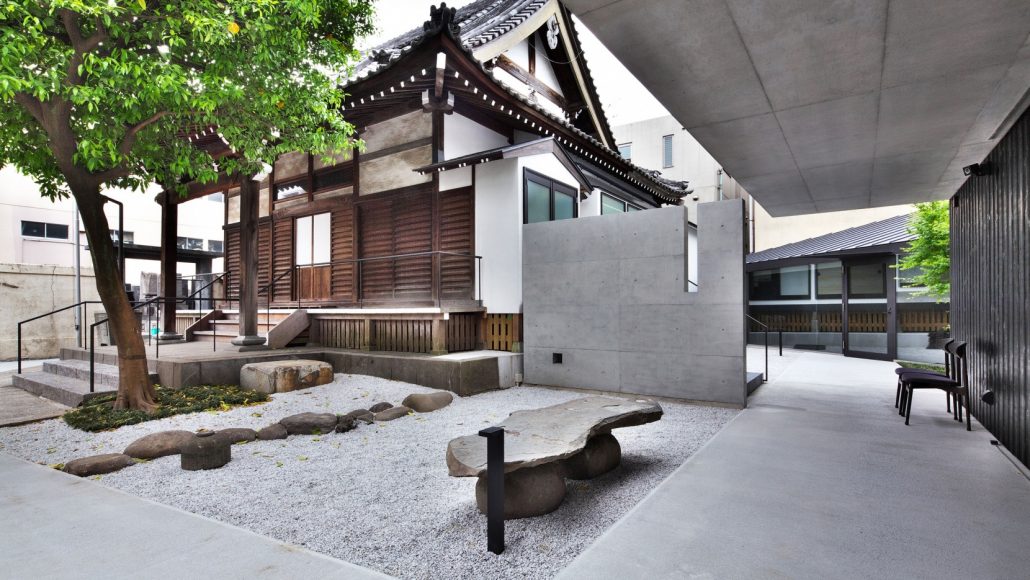
▲ Tongrui Temple Photo: thepolysh.com
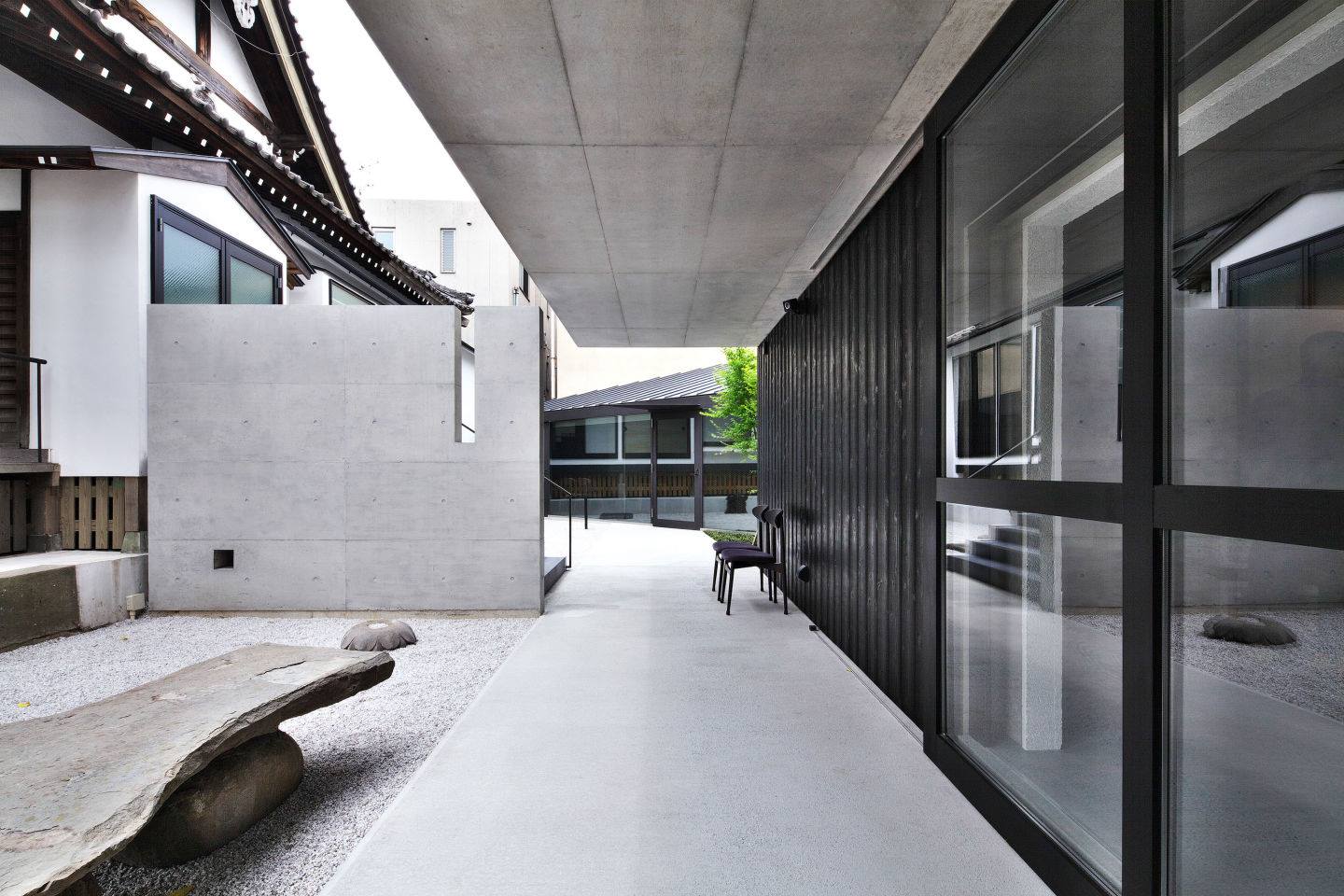
▲ Tongrui Temple Photo: thepolysh.com
SHKRUB House, a house designed by Ukrainian architect Sergey Makhno for his family, was built in a contemporary Ukrainian style under the influence of Japanese wabi-sabi philosophy, mixing modernist concrete structures with traditional Japanese thatched roofs. The house is filled with a lot of Ukrainian Ceramics, the entire wall is covered with traditional Ukrainian ceramic tiles, clay veneer, linseed, rye and wheat mix, using the regular beauty of collage. Huge windows on the building’s façade bring natural light and views of the Japanese courtyard into the home’s public realm, creating a modern interpretation of a traditional home through the incorporation of natural materials and organic forms within the building’s massing.
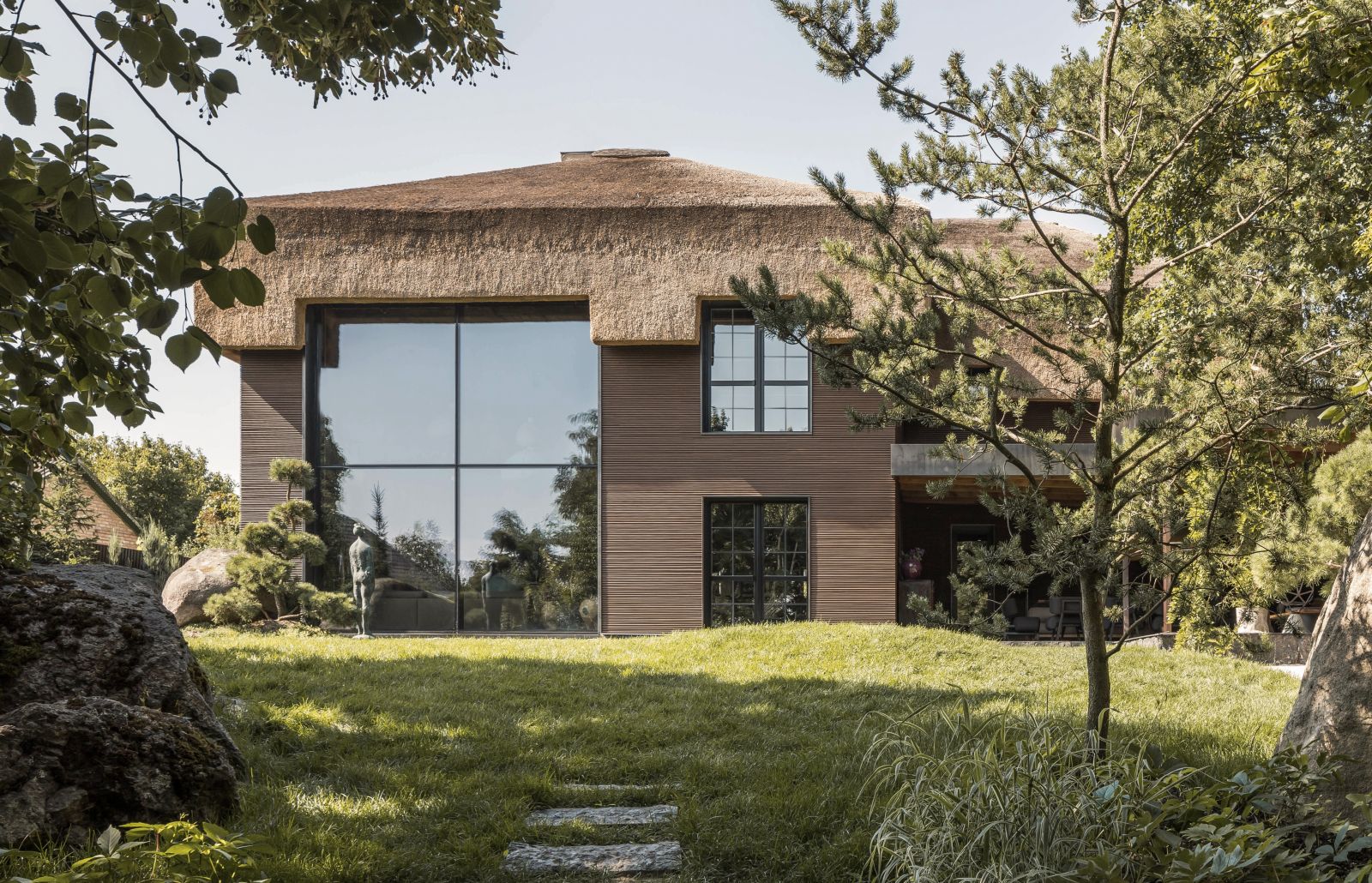
▲ Photo: mujieliving.com
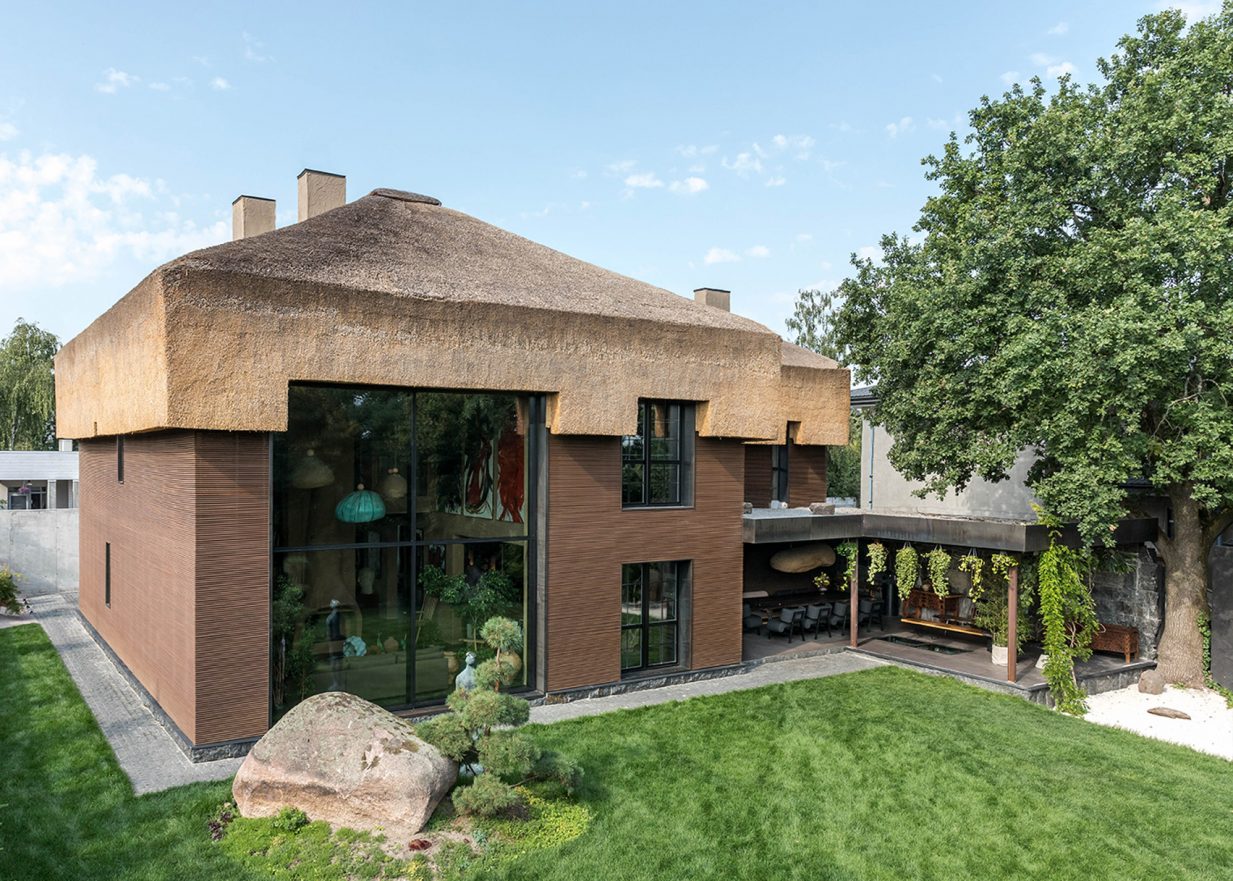
▲ Photo: mujieliving.com
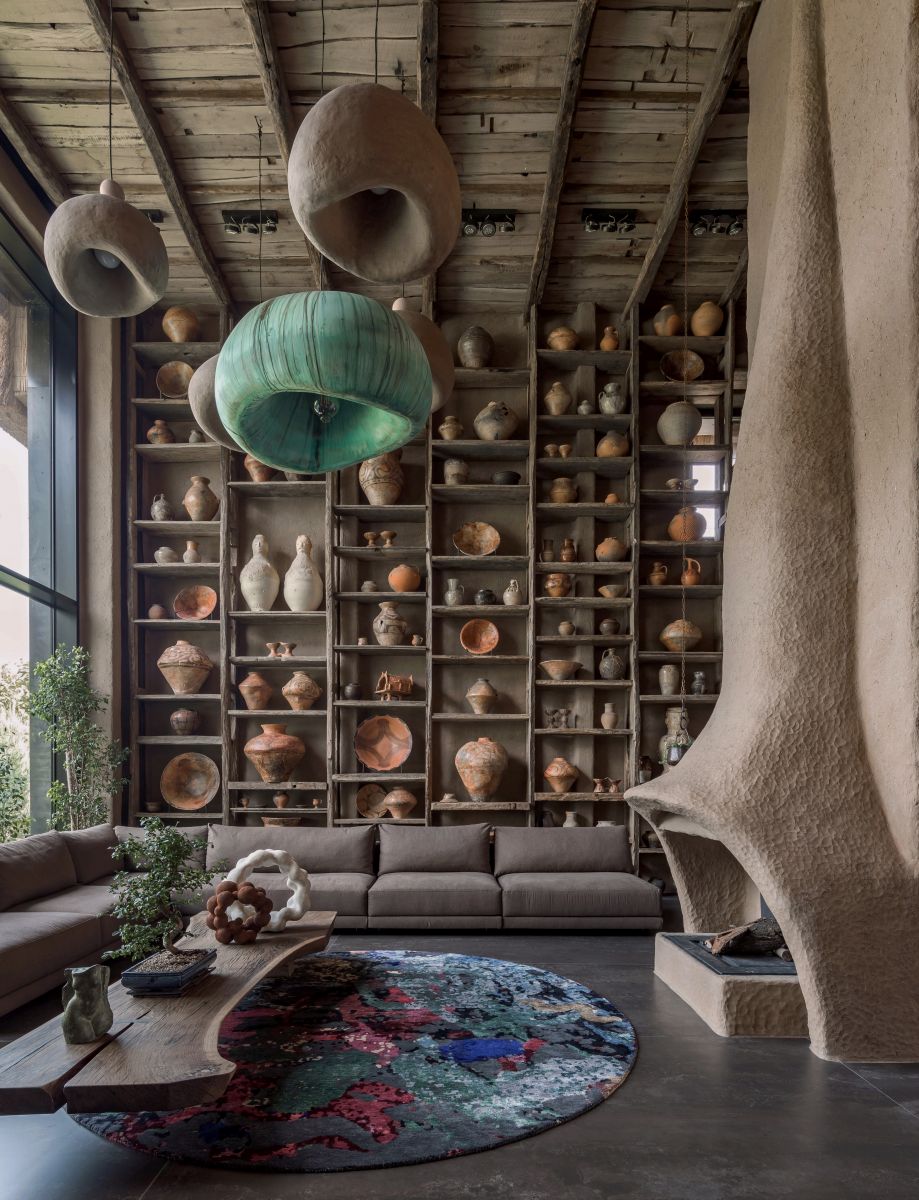
▲ Photo: mujieliving.com
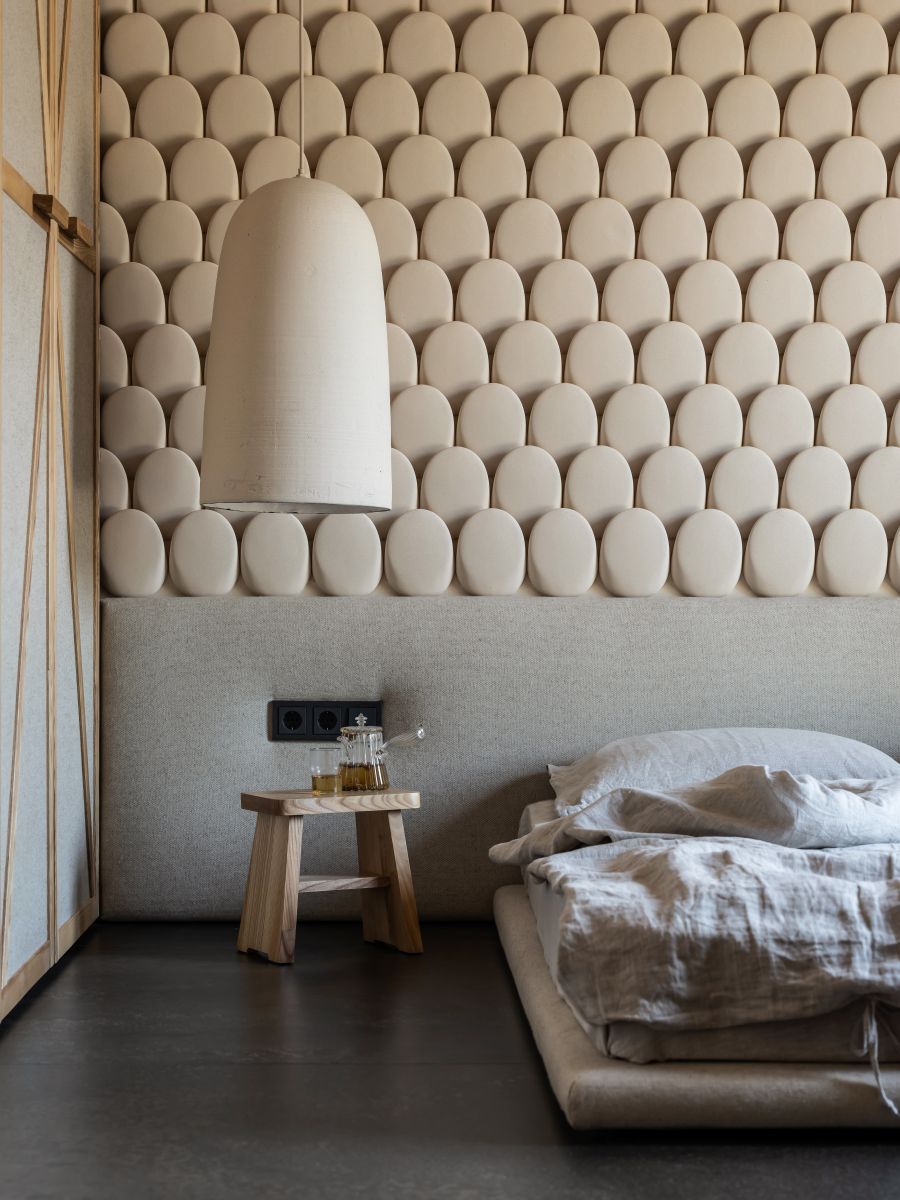
▲ Photo: mujieliving.com
In Porto-Vecchio, southern Corsica, France, the house is wrapped in rough raw concrete, repeatedly covered by hand with a coating of cement, lime and local sand to ensure the building fully blends into the surrounding landscape. Low-key, low-saturation colors present a wabi-sabi atmosphere, giving the residence a warm and stress-relieving atmosphere. Large concrete-framed openings on the building’s façade bear witness to a timeless dialogue between trees, the natural environment and the building’s original concrete structure.
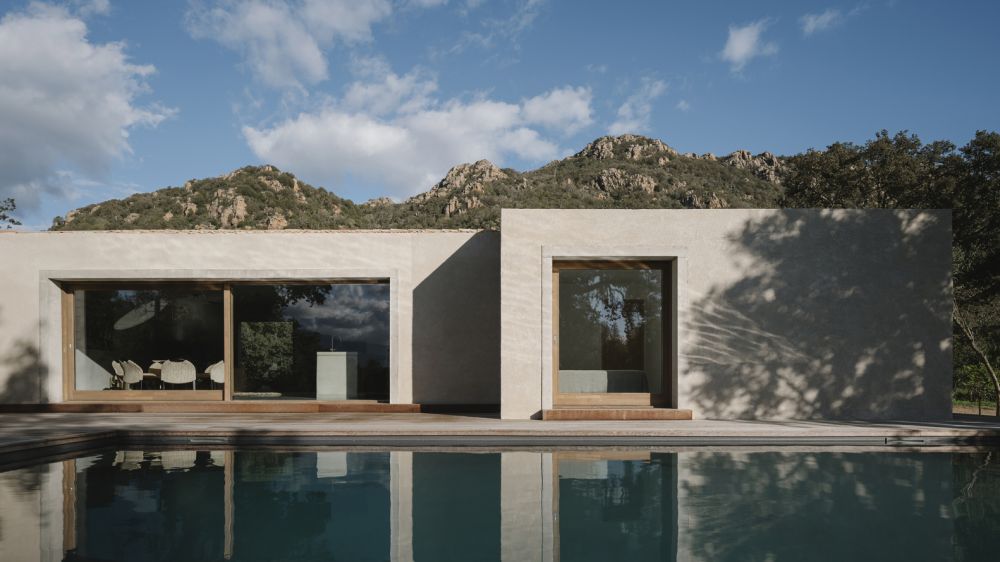
▲ casa p Photo: thedesignstory.com
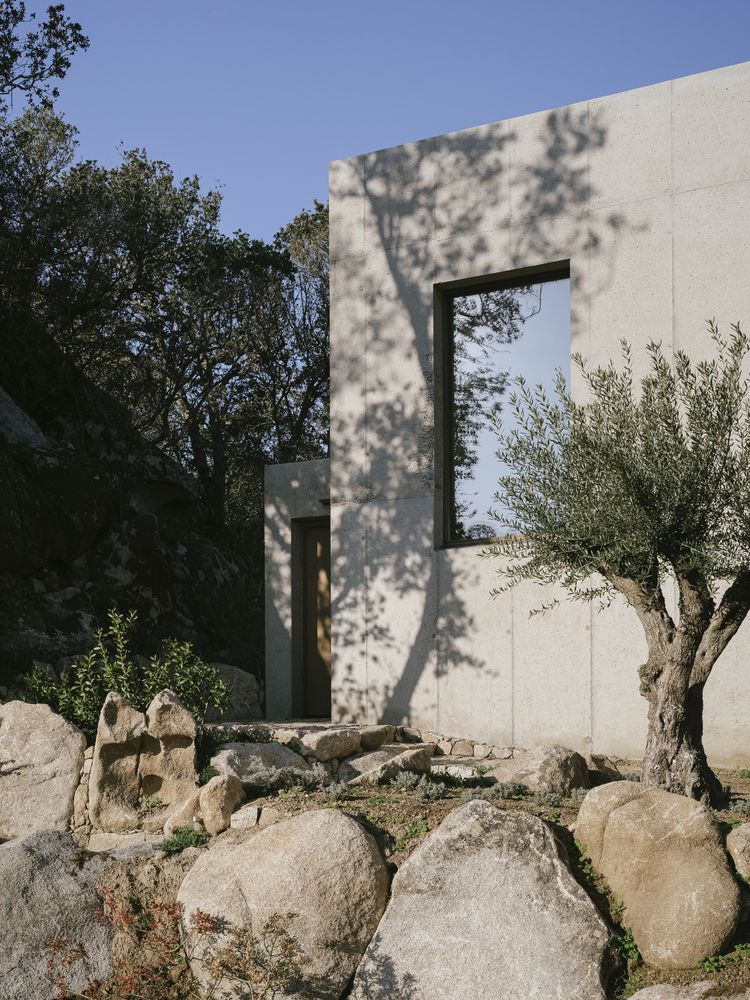
▲ casa p Photo: thedesignstory.com
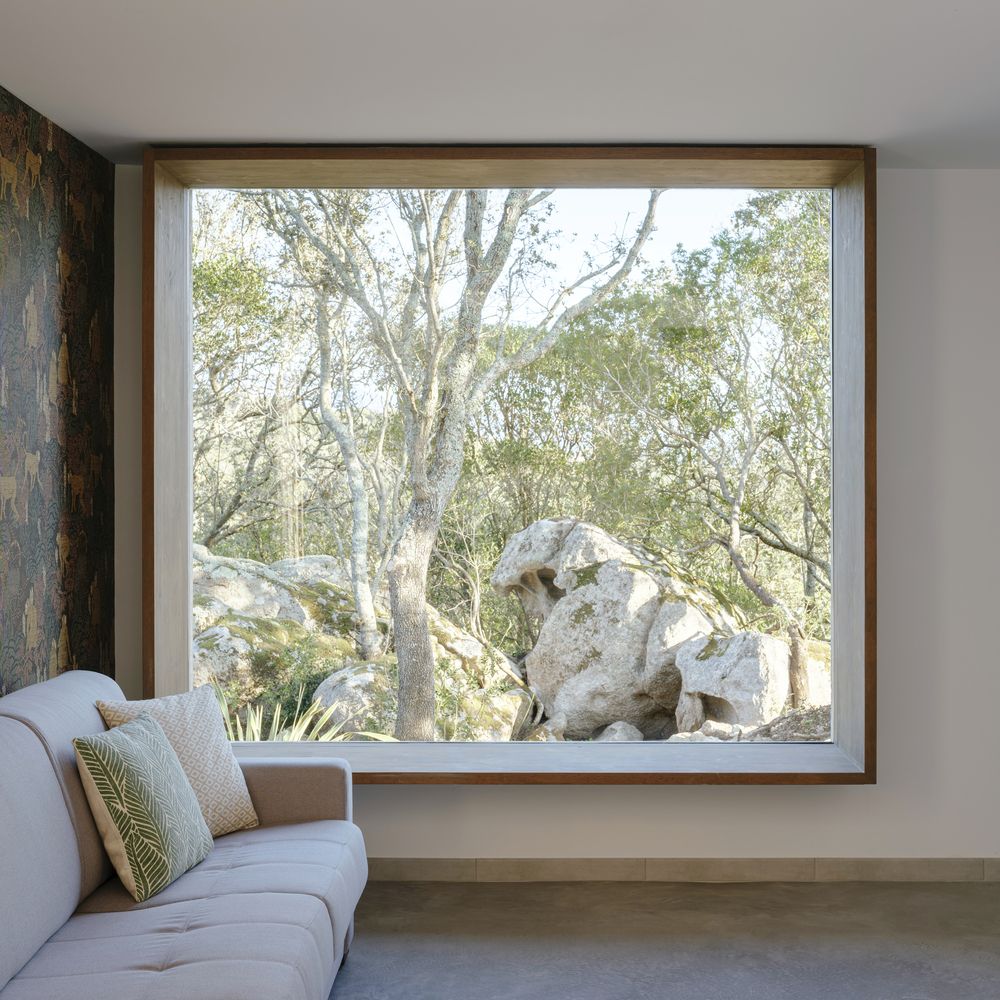
▲ casa p Photo: thedesignstory.com
Kalesma Hotel, located on the Aegean Sea, means "invitation, call" in Greek, symbolizing the warm and hospitable spirit of the Mykonos people. K-Studio's interior design combines modernism with local tradition. The studio Drawing on the laid-back island living experience to reinvent Mykonian hospitality, we designed quaint "villages" composed of white bungalows and villas. The soft minimalist tones and local stone settings blend with the surrounding rugged landscape. Echoing, the levels are spread out on the island's northwest ridge around a central "plateia" or public space, which is uniquely positioned to allow guests to take in the surrounding lush tropical landscape while swimming, dining, and unobstructed views to the Aegean Sea sunrise and sunset views.
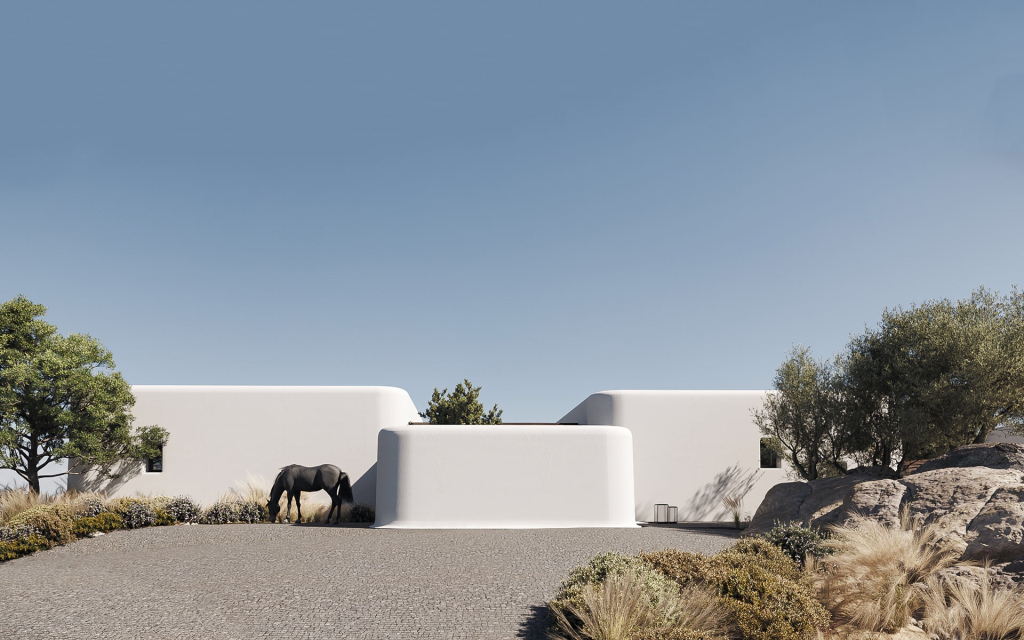
▲Kalesma Photo: Yiorgos
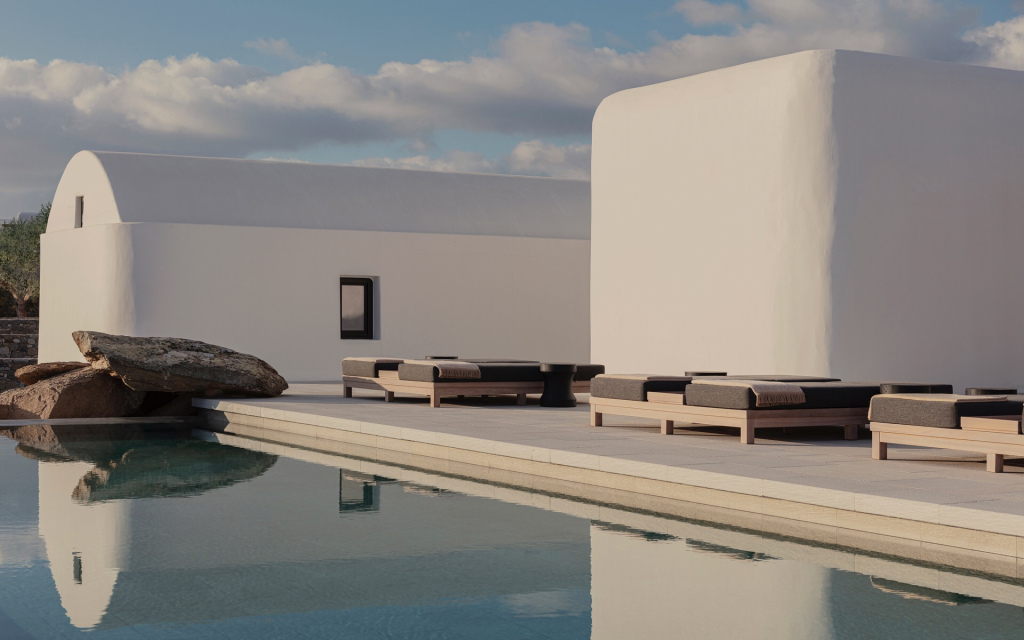
▲Kalesma Photo: Yiorgos
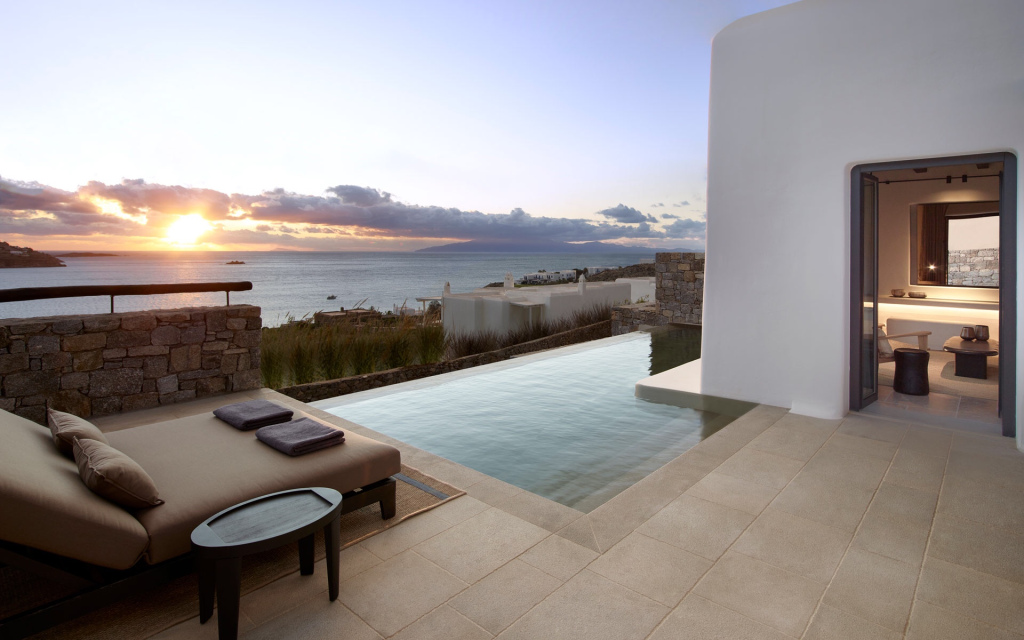
▲Kalesma Photo: Yiorgos
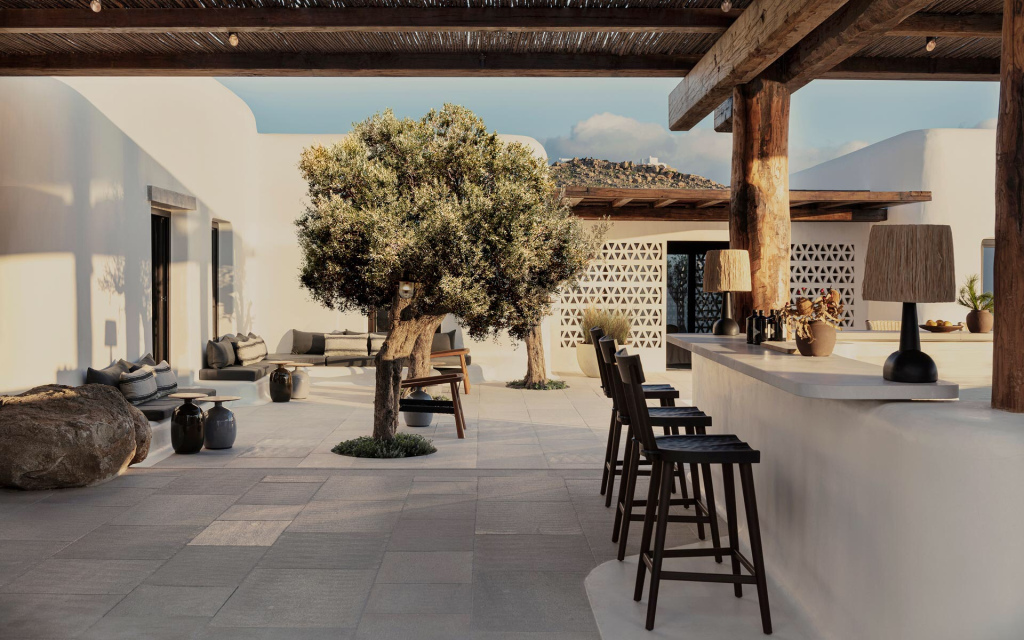
▲Kalesma Photo: Yiorgos
Nowadays, more and more Wabi-Sabi architects use fair-faced concrete technology to decorate the outer surface of the wall.
Architect Chen Bingxin uses low-key and precise modern water molding methods to present the spirit of modern craftsmen.
The home space is decorated with elegant accessories in earth tones, conveying a sense of returning to nature.
interior space-Avenue of Stars➦
construction space-Taichung Fu's House➦
For any architectural or interior design needs, please feel free to contact us:B-Studio online consultation
